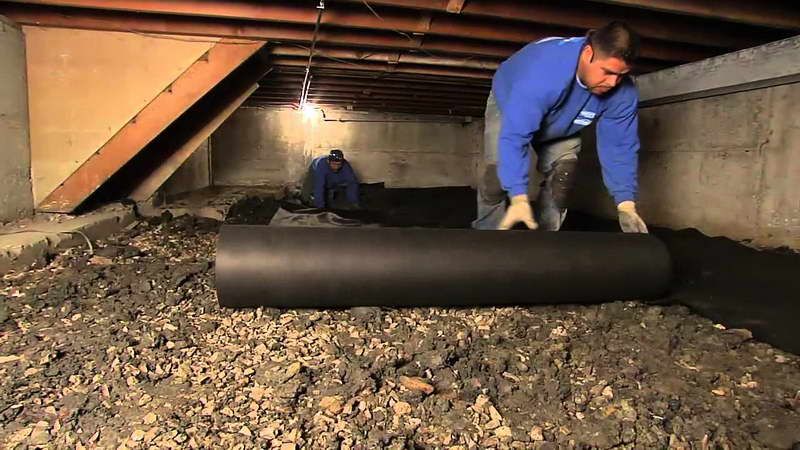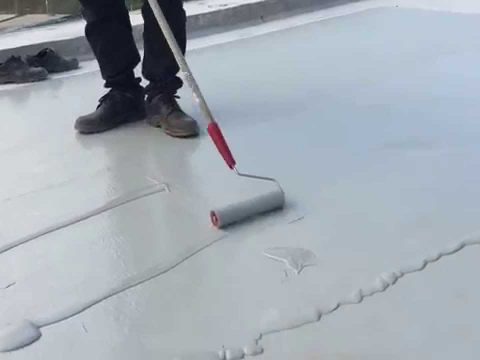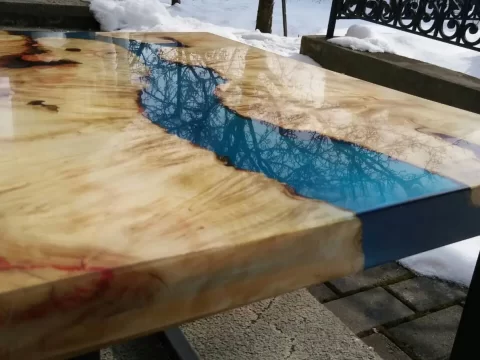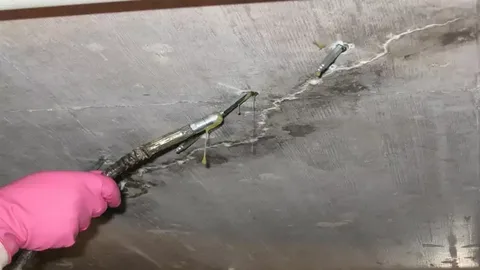- Have any questions?
- +92 31 111 26627
- info@helder.pk
How Does Interior Basement Waterproofing Work?

Why Waterproofing With Cement Is Required for?
December 15, 2021
What is Epoxy Paint?
January 14, 2022How Does Interior Basement Waterproofing Work?
Introduction
You may want to consider interior basement waterproofing if you desire a dry basement to use for storage or remodel into an entertainment area or family room. It is essential to understand that basement waterproofing is not a simple task. Water intrusion of any kind in the basement of your home can be disastrous. Therefore, consider contacting a basement waterproofing professional to examine your basement at the first sign of cracks and leaks.
A wet or leaky basement is a matter of significant concern for any homeowner. What might appear to be a slight trickle or leakage can turn out to be a warning sign that might require instant action on your part. The presence of moisture in the basement area of your home can lead to an array of expensive as well as time-consuming repairs. From the formation of toxic molds to structural damage to your house, water in the basement can turn out to be a significant issue. What you need is basement waterproofing to solve your problem. The question arises, “how does basement waterproofing work?” We will help you discover some of the secrets behind basement waterproofing and what measures to take if you ever need it.
What Causes a Wet Interior Basement?
When you wish to understand the importance of keeping your basement dry, it is vital to know what exactly causes moisture. Unfortunately, as homeowners, it is important to note that water has a knack for finding its way into every corner of your home. Because of the basements’ unique construction and nature, the given space is particularly prone to wetness.
Here are some of the primary causes of basement moisture:
Improper Slope:
The ground near the foundation of your home outside should slope away from your home. The slope should not decline towards the home’s foundation. When the slope is faulty, water accumulation occurs around the foundation of the house. It tends to damage the overall structure.
Improper Drainage & Soil Systems:
When the groundwater and rainwater cannot drain properly, they can make their way into the basement area of your house. Poor drainage systems and weak soil around your home’s foundation are some of the most common causes of wetness in the basement. When the water flow is not directed away from the house, it will accumulate around the foundation, through which it will flow into the basement’s cold joints, porous walls, floor, and cracks.
Poorly Installed & Maintained Gutters:
Gutters are assembled to direct rainwater away from the foundation of the house. When the gutters are installed improperly or get clogged due to poor maintenance, water will drain towards the home’s foundation – rather than away from the foundation.
Condensation:
Basements are known to be notoriously wet places. In case condensation occurs in your basement, it can lead to the formation of molds, mildew and cause potential damage to an organic surface. Especially sheetrock and wood.
Cracks in the Basement:
Cracks present on basement floors, walls, ceilings, and around the doors & windows tend to provide the perfect way through which water could flow into the basement area from the outside. Water always finds the most accessible paths through the least resistant areas, and cracks in the basement serve to be the most natural path for water to get inside.
Hydrostatic Pressure:
Hydrostatic pressure occurs when water accumulates around the foundation of your house. As gravity tends to push down the water, it tries to escape by releasing pressure. As such, the water forces its way into cracks on basement walls and floor or the area where the wall and floor meet. Due to the build-up of intense pressure, foundation cracks can form on basement walls and floors.
Most Common Ways to Waterproof a Basement
Are you looking for productive ways to waterproof the basement area in your home? Need to know how interior basement waterproofing works? Now that you have received an in-depth idea of the common causes of wetness in the basement, it is essential to know how interior basement waterproofing works to keep the area dry.
Basement Waterproofing
Do-It-Yourselfers use quick, simple interior basement waterproofing methods when the first sign of a water leak or crack is visible. A temporary solution for interior waterproofing might include making use of coatings and sealants, along with a dehumidifier for preventing condensation in the basement area.
Other usual considerations for interior basement waterproofing are easy and the most cost-effective ones for homeowners. Existing cracks or holes in the floors, walls, or ceilings of the basement are sealed and appropriately made watertight. Special sealants, such as hydraulic cement, can be utilized to make cracks or holes waterproof.
Exterior Waterproofing
While it is essential to make the interior of your basement waterproof, exterior waterproofing is equally crucial. When dealing with wet basements, most of the problems usually arise from the outside environment. Therefore, it is necessary to look at the outside portion of the basement and exterior waterproofing. Exterior waterproofing requires expensive and complicated procedures in comparison to interior basement waterproofing. This approach requires a unique skill set of laborers to help get useful results. Hiring a contractor with less experience to save some money might cost you bundles of money in the long run.
Exterior basement waterproofing involves excavating the soil that surrounds the foundation of your house. It turns out to be quite a labor-intensive procedure that might require large tools & machinery. Once the soil around your home’s foundation has been properly excavated, a high-quality waterproof sealant is applied to the exterior walls of your basement. The sealant is usually some polymer-based material that is meant to last for 25 years. In reality, you would be lucky if exterior waterproofing continues to be effective after five years.
The loose backfill soil surrounding your home’s foundation will move up and down, side to side, as the hydrostatic pressure changes during every rainstorm tearing through the waterproofing layers applied during construction. The breached waterproofing material will be the result of the hydrostatic movement of soil and underground stones. In ideal cases, the process of exterior waterproofing should occur during the original construction of the house. Quickly constructed homes lack adequate protection to fight back groundwater.




